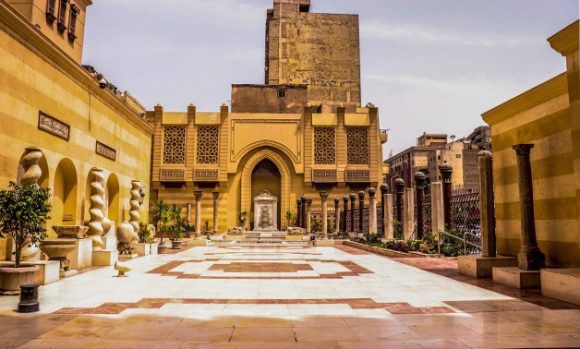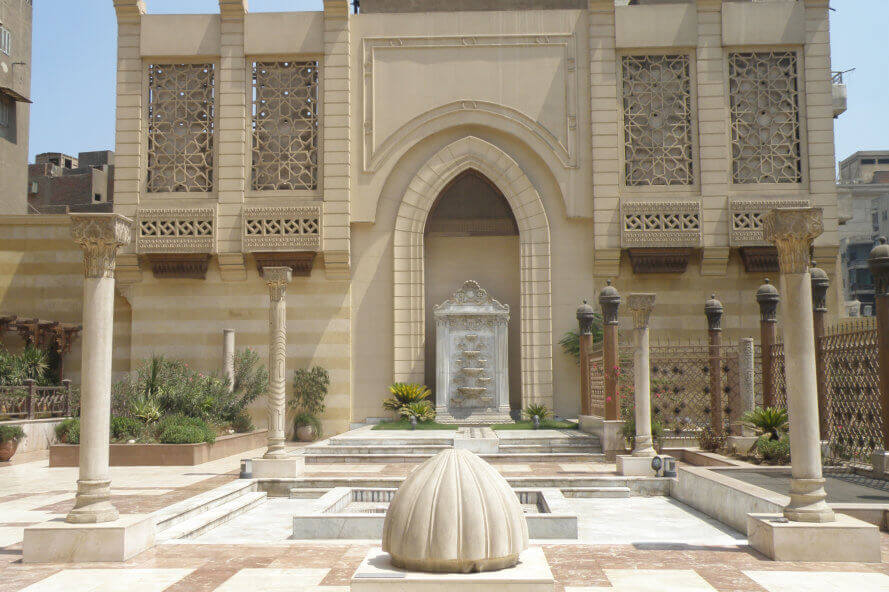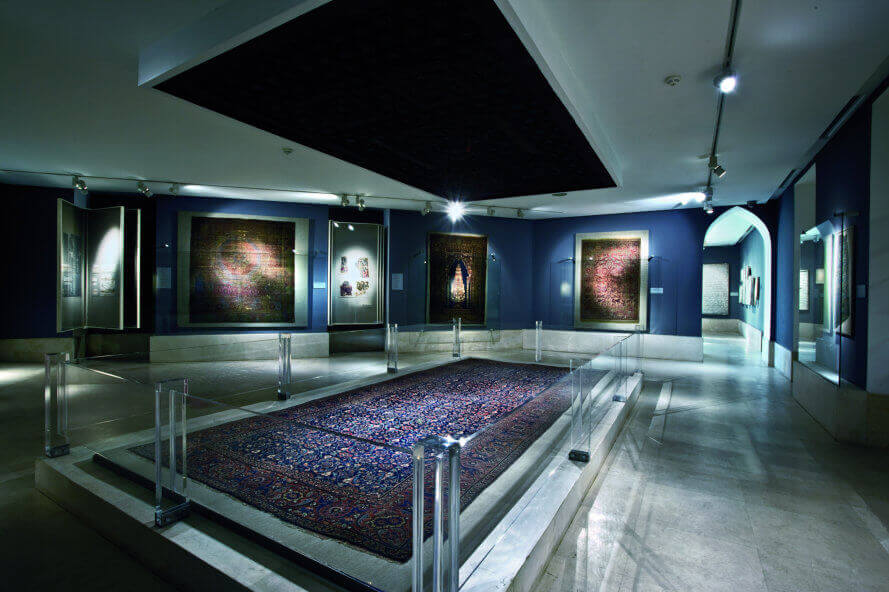 Cairo’s Museum of Islamic Art
Cairo’s Museum of Islamic Art


The Museum of Islamic Art in Cairo, Egypt, contains one of the largest collections of Islamic art and artefacts in the world. The history of the museum goes back to the reign of Khedive Ismail (r. 1863-1879), who founded a national museum in Cairo already in 1869 to mark the inauguration of the Suez Canal. This museum, however, did not have a name or a collection at the time. During the same time, European explorers and amateurs were storing artefacts from various Islamic monuments in Cairo. In 1870, the French archaeologist Auguste Salzmann wrote a report on the conservation of Arab monuments in Cairo, advocating for the formation of an Arab museum as well as the creation of a curatorial position with the responsibility of preserving historical monuments in the city. Indeed, the Europeans were quite occupied with the notion ‘cultural heritage’, eager to preserve Egypt’s historical past. The interest towards ‘Arab’ art, however, had come later. At first the interest was towards Pharaonic, biblical and classical eras – the periods of time the West felt ‘belonged’ to them. Salzmann, concerned about the city’s past, contacted Franz Julius, an architect of the waqfs administration, asking him for a place to store the artefacts collected from various ancient mosques of Cairo. In 1880, such a place, which can be thought of an embryo of the future museum was found: a group of Western collectors and amateurs installed a small collection of objects in the courtyard of the then-abandoned Fatimid Al-Hakim Mosque and continued their efforts at collecting items from various moments in the city.


In 1881, the National museum of Arab Art (dar al-athar al-arabiya) was officially opened together with the establishment of the Comité de conservation des monuments de l’art arabe by the Khedivial Decree of 18 December by Khedive Tawfiq (r. 1879-92). The decree authorised a group of European and Egyptian art preservationists, led by the Hungarian architect and conservator Max Herz, to continue collecting fragments from historic structures and other objects and artefacts in Cairo. In 1903, the museum moved to a new building in a neo-Mamluk style designed by Alfonso Manelesco in the Bab Al-Khalk area. In 1952, during the times of the Arab nationalist revolution headed by Gamal Abdel-Nasser, the museum was renamed Museum of Islamic Art. The birth of this hugely significant museum illustrates how complicated museums’ histories often are. In this case, the museum was partly founded due to the Western eagerness of representing and safeguarding the ‘vanishing past’, Egypt’s own multifaceted political and cultural ambitions and the passions of numerous private (usually European) collectors of ‘Arab’ art with an interest to institutionalise the conservation of cultural heritage in Egypt.
At first, the museum was focused on ‘saving’ the furniture and decoration of abandoned and destroyed mosques and different ancient buildings in Cairo. Contrastingly to our current understanding of the term ‘Islamic’ art, the focus of the museum was solely on Cairo, and later also included Egypt. The interest towards other parts of the various Islamic empires came much later. Nowadays, the collection of the museum is encompassing: it spans from the 7th-century Umayyad dynasty to the 19th-century Ottoman Empire, presenting most of the major periods of Islamic history and most regions of the Islamic world. Some of the collection’s most notable artefacts include the oldest Islamic gold dinar ever found, dating to the 7th century; several rare Qur’ans, a restored Mamluk mosaic fountain, an engraved ewer or jug, taken from a grave thought to be that of the last Umayyad caliph, Marwan II.


In 2003, the Egyptian government decided to renovate and reorganise the museum. The institution’s collection had become one of the world’s largest, amounting to over 100 000 objects with a fairly unclear and ‘busy’ presentation. The redesigned museum opened in 2010. In 2014 a car bomb targeting the nearby police headquarters damaged the museum’s facade and a number of art pieces – after a couple of years of reconstruction and restoration, the museum reopened again to the public in 2017.
Images courtesy of the museum.


 Cairo’s Museum of Islamic Art
Cairo’s Museum of Islamic Art 
